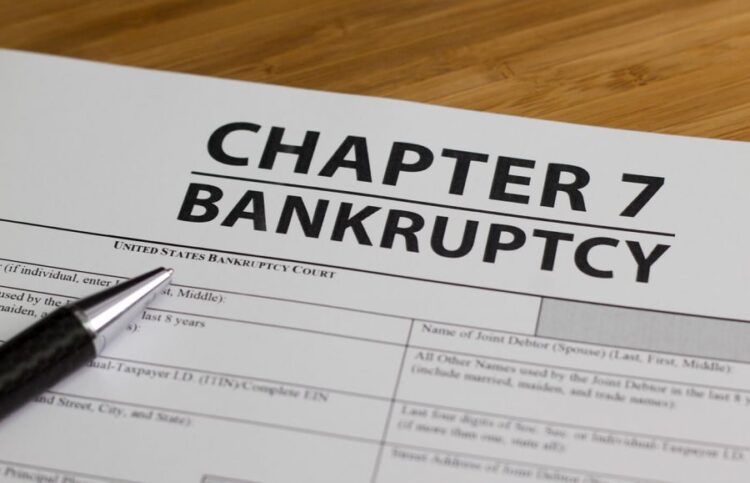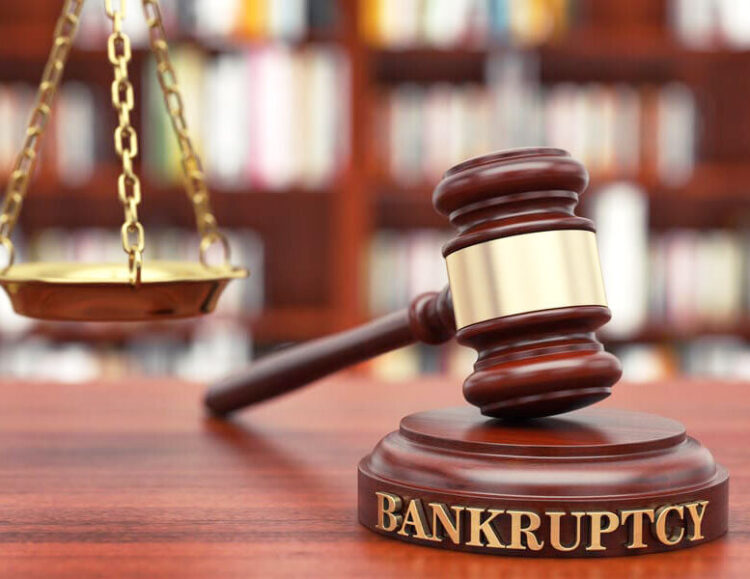If you’re concerned with finances, the thought of bankruptcy can send a chill down your spine. But did you know that the legal process of declaring bankruptcy differs from country to country? In this blog, we will explore the similarities and differences between UK and US bankruptcy laws. Get ready for a wild ride – buckle up!
Page Contents
Overview of Bankruptcy in the US
The US defines bankruptcy as a legal status of an individual or other entity unable to repay debts owed to creditors. It can be initiated by the debtor (voluntary) or creditors (involuntary). Each state in the US has its own laws establishing procedures for initiating and managing personal bankruptcies. There are six types of bankruptcies recognized by the US Bankruptcy Code, also known as Title 11 of the United States Code: Chapter 7, Chapter 9, Chapter 11, Chapter 12, Chapter 13, and Chapter 15. If you decide on this option, you need to have copy of bankruptcy papers that include:
- Proof of identification
- Financial documents, such as bank statements, pay stubs, and tax returns
- A list of creditors and outstanding balances owed to them
- Liabilities and assets
- A statement of current income and expenses
- A filing fee payable to the court
Overview of Bankruptcy in the UK

Source: experian.com
Bankruptcy in the United Kingdom (UK) provides you with a formal way to manage your debts and reorganize your financial situation. It is a legal process that can put you in a position to deal with creditors constructively. When someone is declared bankrupt, their assets are frozen, and their creditors are no longer able to take any action for the recovery of the debt.
In the UK, it is dealt with through the Insolvency Service and their decision can be appealed or challenged in court or tribunal. A court official, known as an ‘Official Receiver’, will be appointed to assess your financial situation and explain how bankruptcy works. The Official Receiver will also identify areas where money might be saved or changes could be made in order to make sure that payments towards debts will be made as soon as possible.
The UK’s laws offer protection from creditors while people work towards repayment of their debts over a period of time. This period can last up to 8 years once declared bankrupt and may provide an effective solution for those struggling with an unmanageable debt – enabling them to move on from debt and rebuild their credit rate over time.
What are the similarities?
In both countries, bankruptcy is a legal status that can provide relief for individuals and businesses who are unable to pay their debts. In the UK it’s known as Bankruptcy or Individual Voluntary Arrangement (IVA), in the US it’s commonly referred to as Chapter 7 Bankruptcy. The goal of bankruptcy in both jurisdictions is to provide a fresh start for those experiencing financial difficulty.

Source: michiganbankruptcyfirm.com
The process begins with an evaluation of a person’s financial situation and then a determination of whether they qualify for relief under the specific laws in their respective country. In both cases, court-appointed trustees will administer cases and help ensure creditors have been paid off appropriately according to the plan. Following this process, debtors will receive a bankruptcy discharge letter of their outstanding debt either through liquidation or reorganization depending on the case filing type.
Both jurisdictions also provide certain exemptions that allow certain assets such as cars or homes to be kept while discharging debts through bankruptcy proceedings. These exemptions vary significantly by country so potential filers should familiarize themselves with particular requirements prior to proceeding with any filings.
What about the Differences?
The most obvious lies in the eligibility criteria; UK bankruptcies are much more expansive than in the US. A person must owe at least £5,000 before they can qualify for a beggary order in the UK. By comparison, Americans must owe at least $120,000 from credit accounts to become eligible for Chapter 7 or 11 bankruptcies.
Another glaring difference is that all debts accrued by a person who has filed for bankruptcy in the US will be discharged after the process is finished; however, this doesn’t happen in the UK. British bankrupts must still pay some of their debts back and may have to adhere to certain restrictions that had been laid upon them before or during their proceedings.
Conclusion
In conclusion, it is helpful to understand the similarities and differences between US and UK bankruptcy law when considering bankruptcy as an option. In both countries, debtors can enjoy protection from collection agencies and legal action from their creditors, allowing them to eventually make a full financial recovery.





